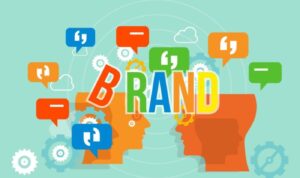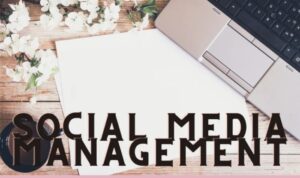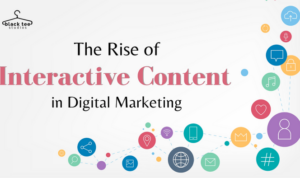Developing a LinkedIn Ads Strategy is crucial for businesses looking to expand their reach and increase brand visibility in the professional sphere. With the right approach, businesses can tap into LinkedIn’s vast network of professionals and decision-makers to drive targeted leads and conversions.
This comprehensive guide will walk you through the key steps involved in creating a successful LinkedIn Ads strategy, from understanding the different ad types to optimizing your budget and monitoring campaign performance.
Understanding LinkedIn Ads
LinkedIn Ads offer various types of ads to help businesses reach their target audience, including Sponsored Content, Sponsored InMail, Text Ads, and Dynamic Ads. These ad formats allow for different ways to engage with users on the platform.
Targeting Options
LinkedIn Ads provide detailed targeting options such as job title, company size, industry, seniority level, and more. This allows businesses to reach specific audiences based on their professional background and interests.
Benefits of Using LinkedIn Ads
Using LinkedIn Ads can help businesses increase brand awareness, generate leads, drive website traffic, and recruit top talent. With its professional user base, LinkedIn offers a unique platform to reach decision-makers and professionals in various industries.
Setting Objectives
Setting clear objectives is crucial for LinkedIn Ads campaigns. Businesses can aim to increase brand visibility, drive lead generation, boost website conversions, or recruit new employees through their ads.
Specific Goals for LinkedIn Ads Campaigns
Businesses can set specific goals such as increasing click-through rates, growing follower count, boosting engagement on posts, or driving registrations for events. These goals should align with the overall marketing strategy to ensure consistency in messaging and branding.
Aligning Objectives with Marketing Strategies
To align LinkedIn Ads objectives with marketing strategies, businesses should consider their overall marketing goals, target audience, messaging, and desired outcomes. This alignment ensures that LinkedIn Ads complement and enhance the overall marketing efforts.
Target Audience Analysis
Analyzing the target audience is essential for creating a successful LinkedIn Ads strategy. Businesses need to understand their audience’s demographics, interests, behaviors, and pain points to tailor their ads effectively.
Audience Research Methods
Methods for conducting audience research on LinkedIn include analyzing user data, leveraging LinkedIn’s audience insights, conducting surveys or interviews, and monitoring competitor activities. This research helps businesses create personalized and relevant ad content.
Tailoring Ad Content to Audience Segments
Businesses can tailor ad content by creating different ad variations for specific audience segments based on their job roles, industries, locations, or interests. Personalizing ad messaging can increase engagement and conversion rates on LinkedIn.
Budgeting and Bidding Strategy
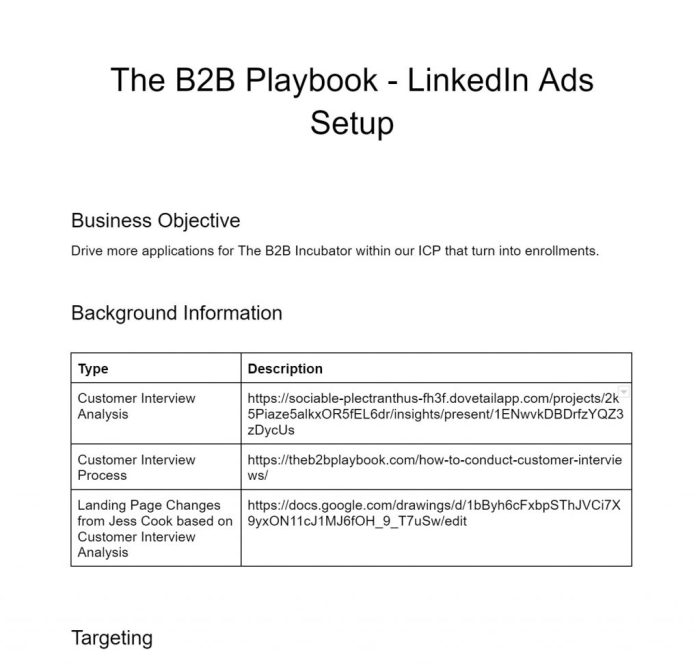
Setting an appropriate budget is crucial for LinkedIn Ads success. Businesses should consider their goals, target audience size, competition, and desired outcomes when allocating budget for their campaigns.
Bidding Strategies on LinkedIn Ads
LinkedIn Ads offer bidding strategies such as cost-per-click (CPC), cost-per-impression (CPM), and cost-per-send (CPS) for Sponsored InMail. Businesses can choose the bidding strategy that aligns with their campaign objectives and budget constraints.
Optimizing Budget Allocation for Maximum ROI
To optimize budget allocation on LinkedIn Ads, businesses should monitor campaign performance metrics, test different ad variations, refine targeting options, and adjust bids based on results. This iterative approach helps maximize ROI and campaign success.
Ad Creative and Copywriting
Creating engaging ad creative is essential for capturing users’ attention on LinkedIn. Businesses should focus on visually appealing images, clear messaging, compelling headlines, and strong call-to-action buttons in their ads.
Importance of Copywriting in LinkedIn Ads
Compelling copywriting plays a crucial role in persuading users to take action on LinkedIn Ads. Businesses should craft concise, relevant, and persuasive ad copy that resonates with their target audience and drives desired outcomes.
A/B Testing Ad Creatives on LinkedIn
A/B testing allows businesses to compare different ad creatives, headlines, images, and calls-to-action to identify the most effective combinations. By testing and optimizing ad elements, businesses can improve ad performance and achieve better results.
Campaign Optimization
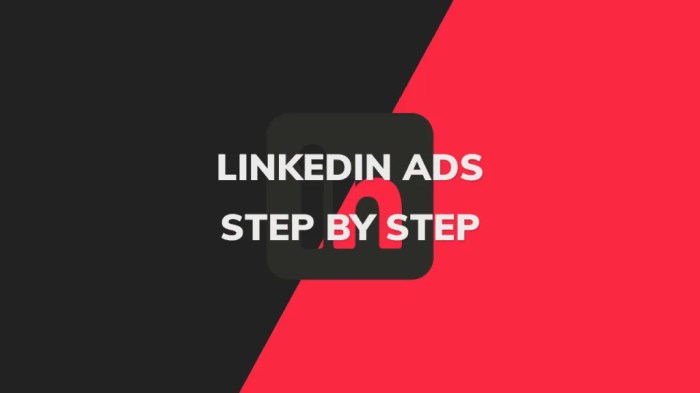
Monitoring and optimizing LinkedIn Ads campaigns is essential for ongoing success. Businesses should regularly review campaign performance metrics, adjust targeting options, optimize bids, and test new ad creatives to improve results.
Analyzing Campaign Performance Metrics
Key performance metrics to track on LinkedIn Ads include click-through rate (CTR), conversion rate, cost per lead (CPL), return on ad spend (ROAS), and engagement metrics. By analyzing these metrics, businesses can identify areas for improvement and optimization.
Improving Ad Relevance and Click-Through Rates
To improve ad relevance and click-through rates on LinkedIn, businesses should focus on creating relevant ad content, targeting the right audience segments, testing different ad formats, and optimizing ad delivery times. These strategies can help increase engagement and drive conversions.
Retargeting and Remarketing: Developing A LinkedIn Ads Strategy
Retargeting allows businesses to reach users who have previously interacted with their ads or website on LinkedIn. By implementing remarketing strategies, businesses can re-engage users, nurture leads, and drive conversions through personalized ad campaigns.
Successful Retargeting Campaigns on LinkedIn
Examples of successful retargeting campaigns on LinkedIn include showing personalized ad content to users who visited a specific product page, attended a webinar, or downloaded a whitepaper. These targeted ads can help move users further down the sales funnel and increase conversion rates.
Performance Tracking and Reporting
Tracking performance metrics is essential for evaluating the success of LinkedIn Ads campaigns. Businesses should regularly review ad performance, analyze key metrics, and generate reports to measure ROI, identify trends, and make data-driven decisions for optimization.
Regular Reporting and Analysis, Developing a LinkedIn Ads Strategy
Regular reporting and analysis help businesses understand the impact of their LinkedIn Ads campaigns, identify areas for improvement, and make informed decisions for future strategies. By analyzing performance data, businesses can optimize their ads for better results.
Tools for Generating Comprehensive Reports
Tools such as LinkedIn Campaign Manager, Google Analytics, and third-party analytics platforms can help businesses generate comprehensive reports on LinkedIn Ads performance. These tools provide valuable insights into ad performance, audience behavior, and campaign results for informed decision-making.

